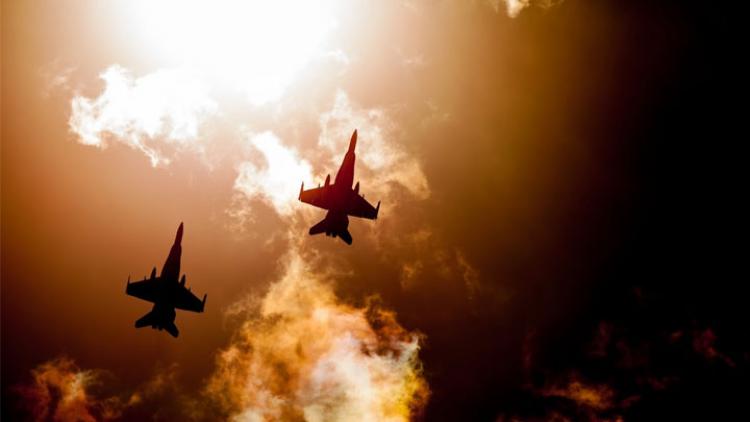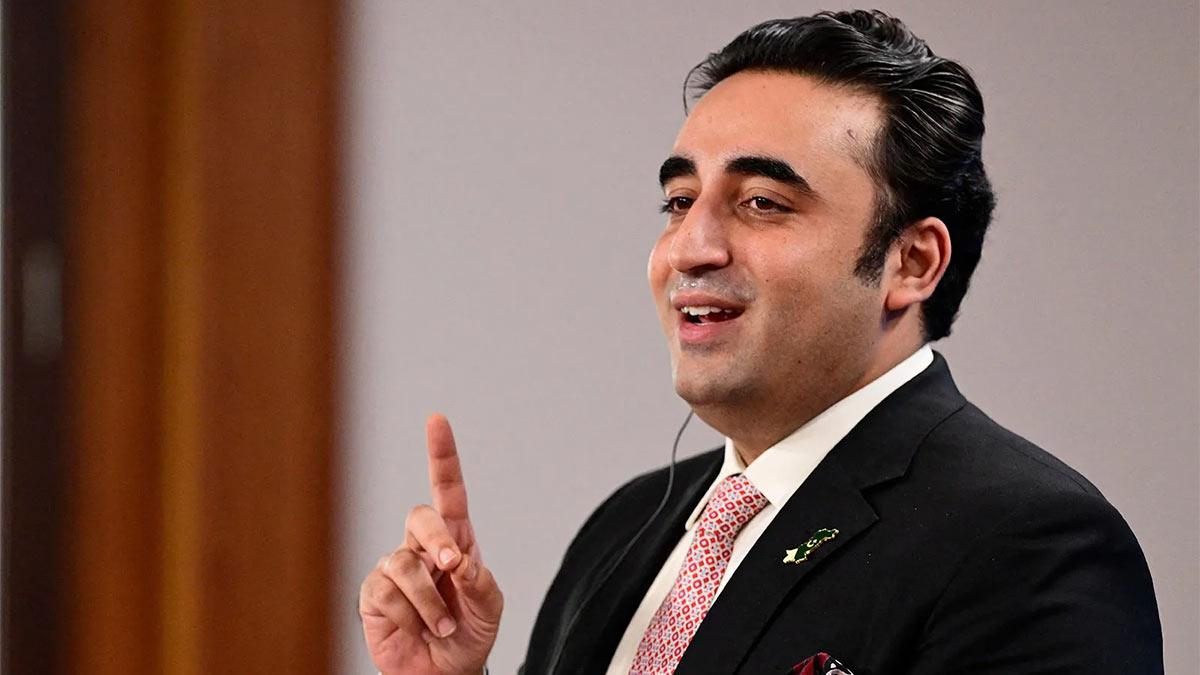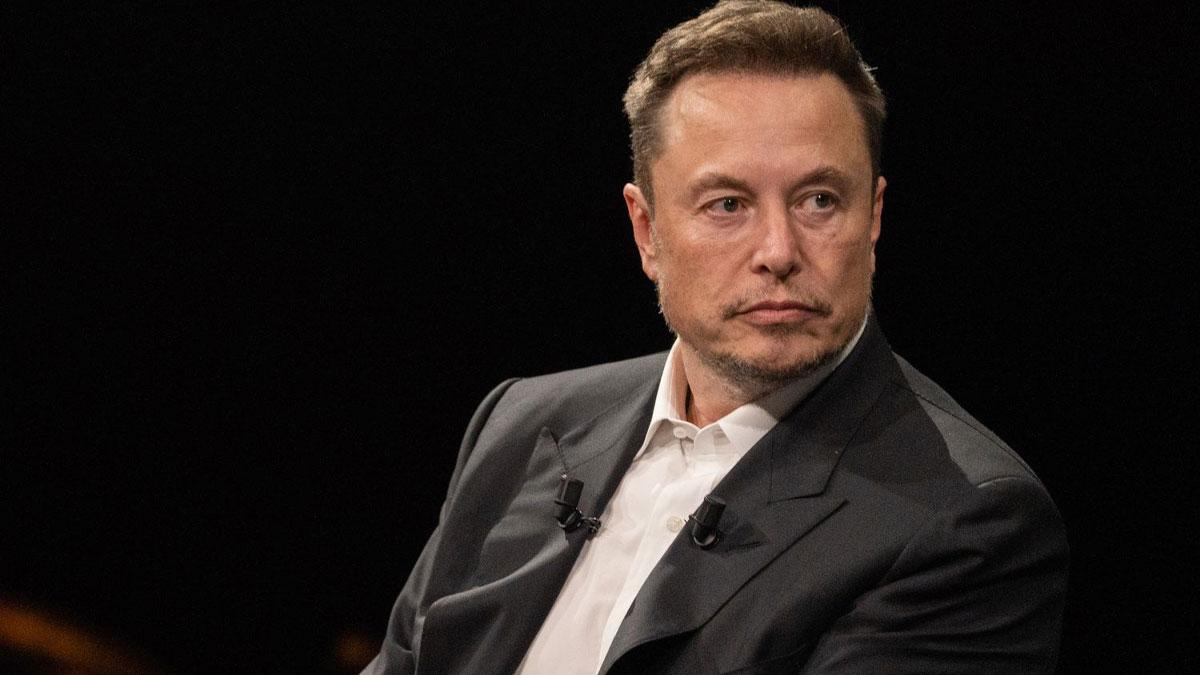Germany has set aside a significant sum of money, approximately €40 billion ($43 billion), for the development of its next-generation fighter jet, known as the Future Combat Air System (FCAS), Bloomberg reported.
This German-French project aims to create a sixth-generation aircraft by bringing together Dassault Aviation, the developer of the Rafale fighter, and Airbus, one of the firms behind the Eurofighter Typhoon. The two leaders, German Chancellor Olaf Scholz and French President Emmanuel Macron, will discuss the FCAS initiative when they meet on January 22 in Paris, but it is not yet clear which aspects of the project they will examine in depth.
The FCAS project, announced in 2017 by France and Germany, with Spain joining in 2019, is one of the biggest multinational European weapons programs, with a projected cost of roughly $106 billion. The Next Generation Fighter (NGF), a sixth-generation aircraft, will be the centerpiece of a family of air dominance systems that the FCAS plans to develop. The NGF will have a new engine, new armament systems, cutting-edge stealth technology, enhanced sensors, and the ability to communicate with unmanned aircraft, and it will be able to join an air-combat cloud network.
Also read |23-year-old Indian student dies in US after being shot in chest during armed robbery
The NGF is being developed as a replacement for France's Rafales and Germany's and Spain's Eurofighter Typhoon aircraft. A carrier-based derivative is also being considered for use on France's next aircraft carrier. However, the requirement for military exports to be approved by parliament has complicated the FCAS project, which could prove to be an economic hindrance given that the program will need to secure worldwide defense contracts to be successful.
In addition to the FCAS, there is also a rival European sixth-generation jet in development, known as Tempest, which is a joint project between the United Kingdom and Italy that began in 2015 and was formally unveiled in 2018. The fighter was to be the core output of a more extensive British-Italian program known as the Future Combat Air System, but on December 9, Japan joined their sixth-generation F-X program with the Tempest, renaming the initiative the Global Combat Air Program.
Given the growing number of F-35 acquisitions by European nations, the FCAS is aimed to provide Europeans with a high-end stealth aircraft option produced in Europe. The NGF was scheduled to make its first flight in 2027, with manufacturing beginning in 2030 and a complete introduction in 2040.
Also read |IAEA deploys permanent mission at Ukraine's Khmelnytsky nuclear plant
However, disagreements between the contractors regarding workload and prime contractor position delayed the project for two years. But, Dassault Aviation and Airbus appear to have rectified these challenges, and on December 16, they announced the completion of a $3.4 billion contract, allowing them to proceed with maiden demonstration flights scheduled for 2029.


















